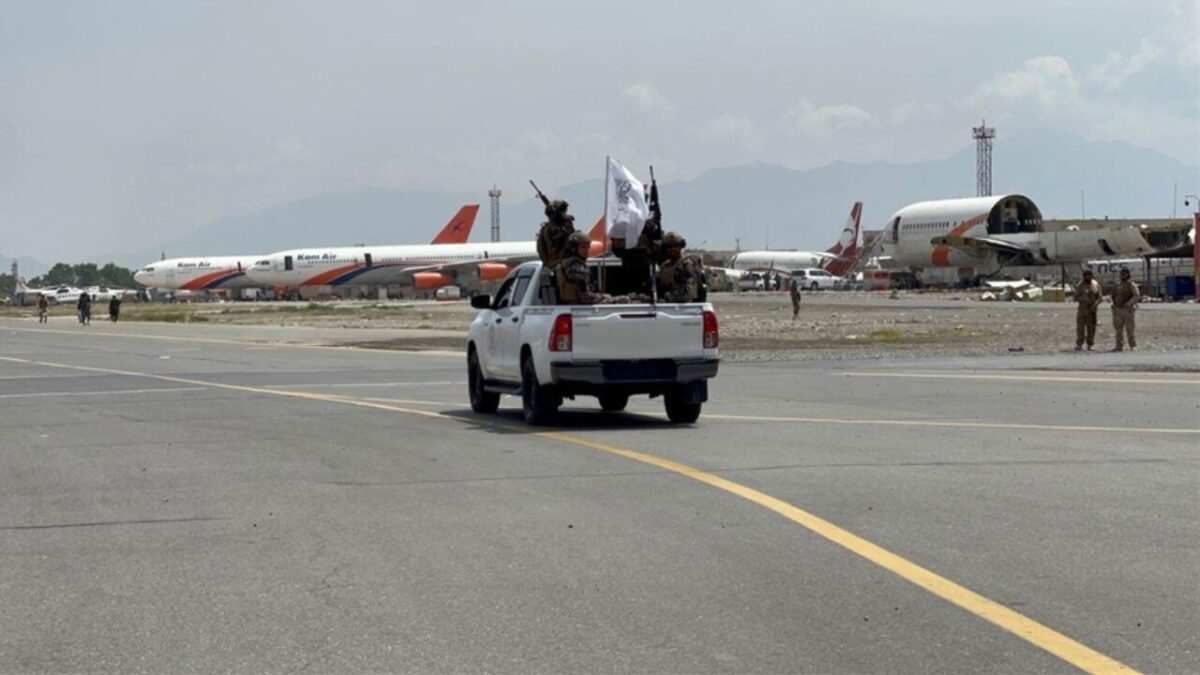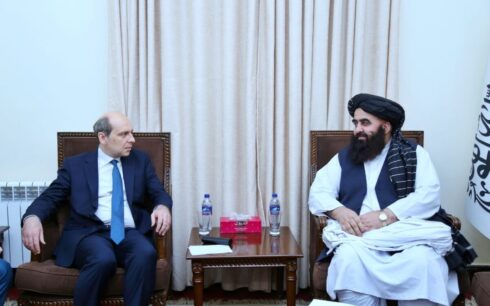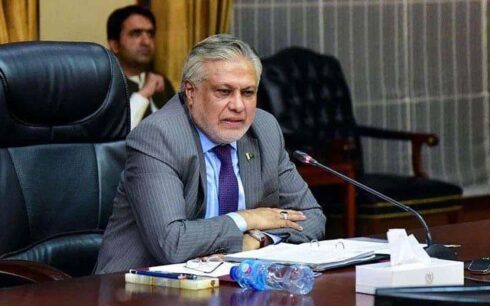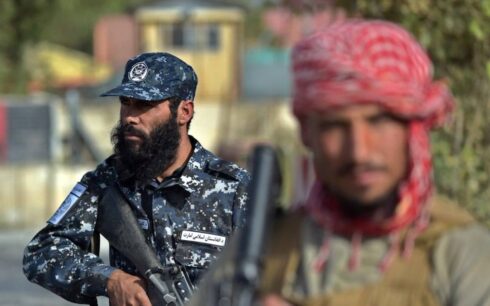KABUL, Afghanistan — The Taliban’s supreme leader, Hibatullah Akhundzada, has deployed forces loyal to him to key strategic locations in Kabul, including the Bala Hissar fortress and Kabul International Airport, according to two sources familiar with the developments.
The move, reportedly targeting areas previously under the control of the Haqqani network, highlights the growing rift between Akhundzada’s Kandahar faction and the Haqqani leadership, which has been at the center of the Taliban’s internal power struggles.
A staff member at Kabul International Airport confirmed that a significant number of Kandahar-based fighters have arrived in the past week, replacing existing personnel.
“The city feels completely militarized. Taliban fighters from Kandahar have taken over checkpoints at the airport and other key areas like Bala Hissar,” the airport employee said.
A city on edge
Residents of Kabul report an increasingly tense and militarized atmosphere, with Taliban checkpoints proliferating across the city.
“Taliban fighters are stopping people every few steps, questioning them, and it’s causing widespread anxiety,” said Noor Mohammad, a Kabul resident. “These past few days have felt very unusual. The Taliban seem on edge, and security feels fragile. People are worried about what’s coming next.”
The heightened security measures come amid a broader power struggle between factions within the Taliban. Sources in Kandahar and Kabul suggest Akhundzada’s decision to deploy his loyalists is part of an effort to weaken the influence of the Haqqani network, which has historically controlled these areas.
A source in Kandahar said, “Hibatullah’s forces have taken over Kabul’s airport and Bala Hissar, areas that were previously under the Haqqani network’s control. He’s also been collecting U.S.-supplied weapons and restricting fighters to using only Kalashnikov rifles.”
Haqqani’s prolonged absence
The internal tensions have been exacerbated by the absence of Sirajuddin Haqqani, the Taliban’s interior minister and leader of the Haqqani network, who has not returned to Afghanistan after traveling to the United Arab Emirates and Saudi Arabia. Haqqani’s continued absence has fueled speculation about his position within the Taliban’s hierarchy.
Political analysts believe the growing internal divisions within the Taliban, coupled with unpaid salaries for government employees and escalating restrictions on the currency exchange market, are increasing public discontent.
“Rising tensions between Kandahar and the Haqqani network, combined with a worsening economy, could lead to significant developments in Afghanistan’s political landscape,” said Najib Rahman Shomal, a Kabul-based political analyst.
Meanwhile, Afghan citizens, already struggling under economic and social restrictions, fear that these internal power struggles could worsen their plight.
“The Taliban’s ideological and political conflicts have already made our lives difficult,” said Sara, a Kabul resident. “I just hope these internal divisions don’t bring more suffering to ordinary people.”





